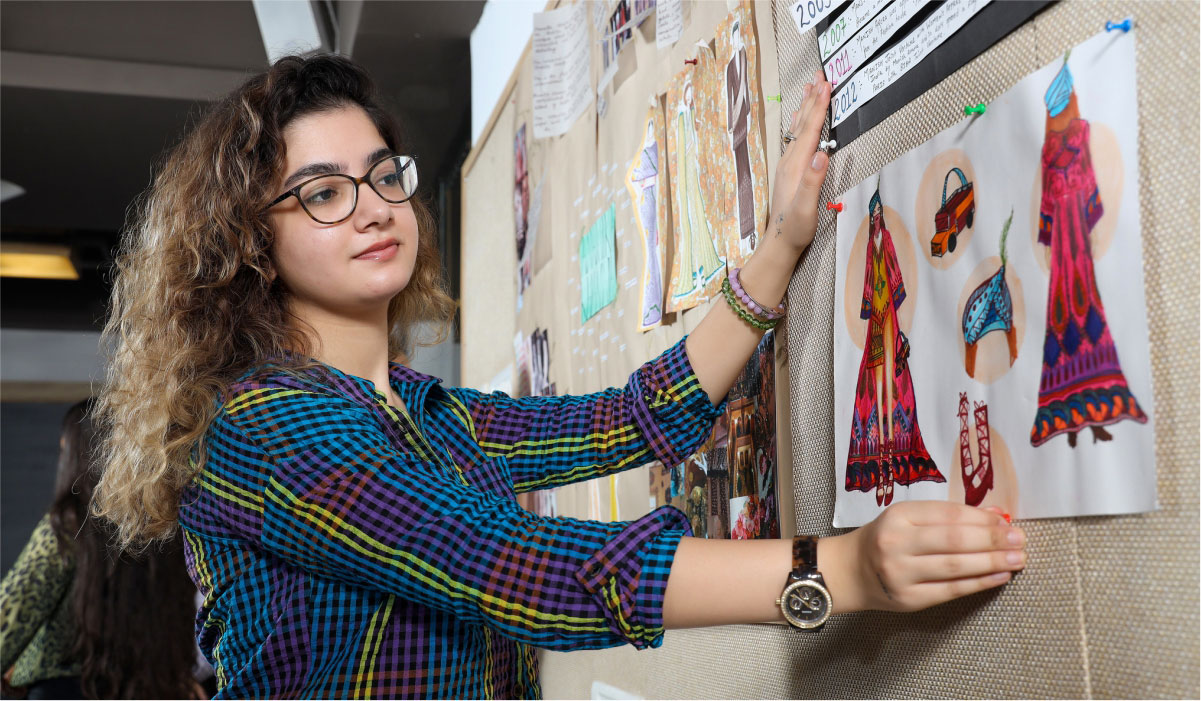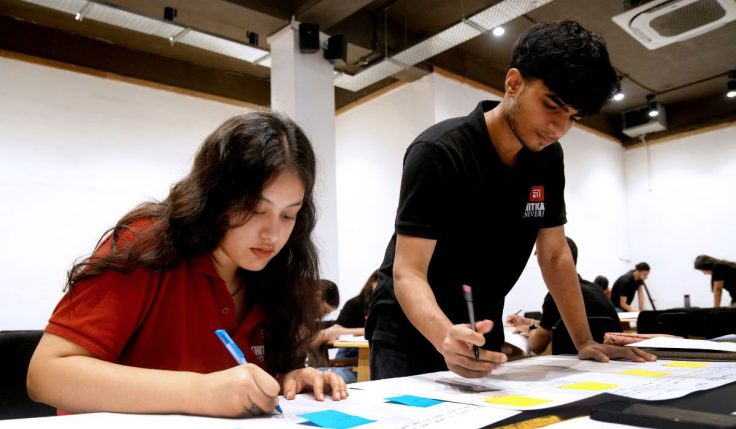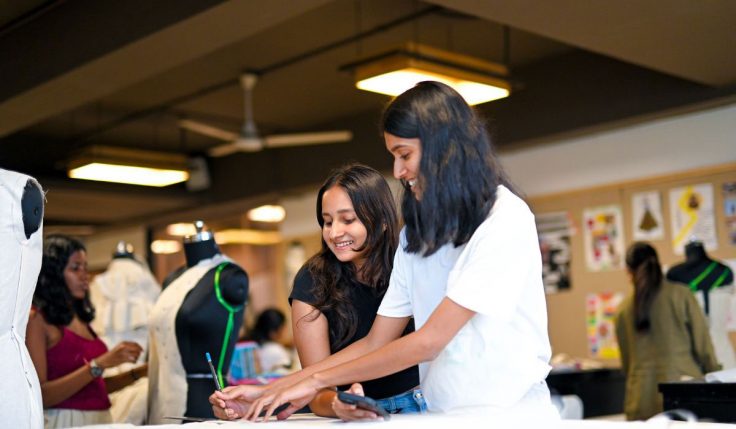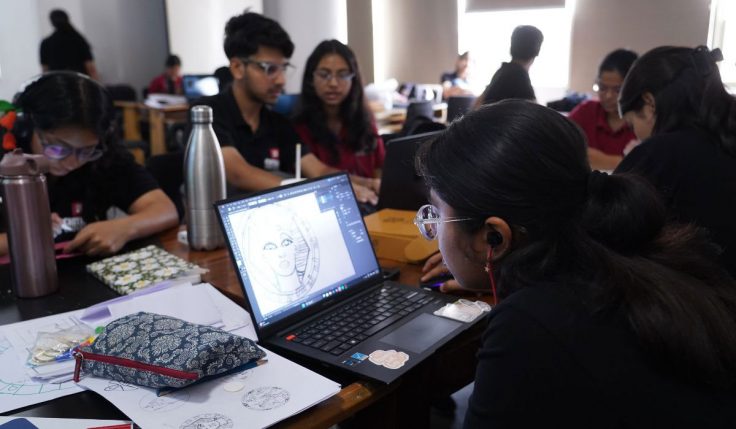In the ever-changing realm of fashion, staying ahead of the curve can be a challenge as trends keep changing swiftly. Adopting key strategies in trend forecasting is important and delving into the multifaceted landscape of fashion trend forecasting empowers brands to anticipate shifts and also gain a competitive edge.
The historical context of fashion offers valuable insights revealing patterns and also aiding in the prediction of future changes. Globalization and digitization have also changed the industry while facilitating rapid dissemination of trends on a global scale.
What’s more, the influence of customer behaviour, purchasing habits, social media engagement, and lifestyle choices also play a key role in shaping and predicting future fashion trends. In this blog, we will look at some of the key strategies that help in staying ahead in an ever-changing industry.
What is Fashion Trend Forecasting?
Fashion trend forecasting is a kind of fashion research that analyzes market trends and purchasing habits to make educated decisions on how to move ahead in designing a new collection. Trend forecasting includes researching and composing predictions on customers’ future purchasing traits.
By using the origin, tracing the patterns of trends, and studying evolution, forecasters offer a wider perspective to designers with insights into future fashion trends. Fashion trend forecasting can often include understanding social, ethical, environmental, and cultural shifts and how they can affect customer behaviour.
Key Fashion Trend Forecasting Strategies to Stay Ahead in the Fashion Industry
Market Research: Market Research is a cornerstone in predicting future fashion trends. Brands must perform a detailed analysis to understand more about customer preferences, market dynamics, and emerging fashion trends. One must also be focused on using customer insights and data-driven approaches that can refine forecasting accuracy.
Emerging technologies such as AI and machine learning can contribute to trend analysis and these technologies process vast datasets identifying patterns and predicting the rising fashion styles in the market. Digital platforms also amplify this influence acting as a hub for trend dissemination and shaping customer preferences.
Collaborating with the fashion stakeholders and networking also introduces a human element to forecasting trends. The industry connections foster collaborative efforts between designers, influencers, and brands. Successful partnerships can also contribute to trend-setting initiatives while translating runway concepts into mainstream appeal.
Following sustainable fashion practices is important in trend forecasting and the industry’s shift towards sustainability is changing customer expectations making the integration of eco-friendly practices necessary. Hence, it is important for brands to acknowledge and adapt to this demand.
Role of Fashion Weeks and Events: The fashion weeks and prominent events serve as trend-setting platforms. They do not just showcase upcoming designs but they also influence customer perceptions in many ways.
One of the most important strategies for fashion trend forecasting is to adapt the runway trend of the mainstream market with an elaborate understanding of customer preferences and an agile approach to include high-fashion concepts into wearable styles.
Cultural Influences and Globalization: Embracing the importance of diversity in fashion trends is important in the globalized industry of fashion. Understanding and respecting different cultural influences while also avoiding appropriation challenges enables designers to create an inclusive and appealing fashion style.
Navigating these fashion influences with sensitivity ensures that fashion remains a positive force in cultural appreciation as opposed to appropriation. Designers must be mindful towards any cultural shifts that keep coming for better creation of fashion styles.
Data Analytics and Predictive Modelling: In an era of information abundance, data analytics and predictive modelling have become an indispensable tool for forecasting important trends. Using large datasets, fashion analysts can now find patterns and correlations for the creation of attractive designs.
Predictive modelling is a step ahead because it uses algorithms for forecasting future trends based on historical and real-time data. However, any challenges such as ethical use of data and potential biases should be navigated carefully to ensure responsible predictions.
Embracing Agility: The simple ability to adapt can be seen as a sign of successful fashion trend forecasting and quick decision-making is also imperative as trends emerge and grow quickly.
The ability to change strategies based on real-time insights and market feedback also differentiates industry leaders. Following the case studies of successful adaptive approaches offers valuable lessons emphasizing the need for flexibility and a proactive stand in navigating unpredictable growth in the fashion landscape.
Examining Case Studies: The examination of case studies can unveil triumphs and pitfalls in trend forecasting. Successful strategies when employed by leading fashion brands are capable of offering insights into effective techniques, collaborative efforts, and customer-centric approaches.
On the other hand, analyzing failures also offers valuable lessons highlighting the risks of overlooking cultural sensitivities misjudging customer sentiment, and underestimating the influence of external factors. Learning from real-world examples equips industry players with a holistic understanding of challenges and opportunities in trend forecasting.
Future of Fashion Forecasting:
In the future, the integration of evolving technologies is likely to shape the future of fashion forecasting. Any advancements in the field of AI, augmented reality, and machine learning can change the analysis of customer behaviour and trend prediction.
The anticipation of potential shifts in customer values and expectations is important when we talk about sustainability expected to play a prominent role. As the industry keeps growing, staying attuned to technological advancements and societal changes will be paramount for fashion brands to maintain a forward-thinking approach in their forecasting strategies.
Summing It Up:
Each time a fashion brand designs a new collection, the preparation that goes behind involves a lot of calculation. To ensure meticulous and successful planning, there is a need to understand more and have an idea of what may or may not work in the future.
There is great need for contextualising the data to the target market, therefore, primary research and insights is a very intrinsic human intervention that the designers need to apply. In case you want to learn more about fashion trend forecasting and other concepts, pursue a program such as a 4-Year Bachelor of Design Fashion Design from Chitkara Design School to understand more.






